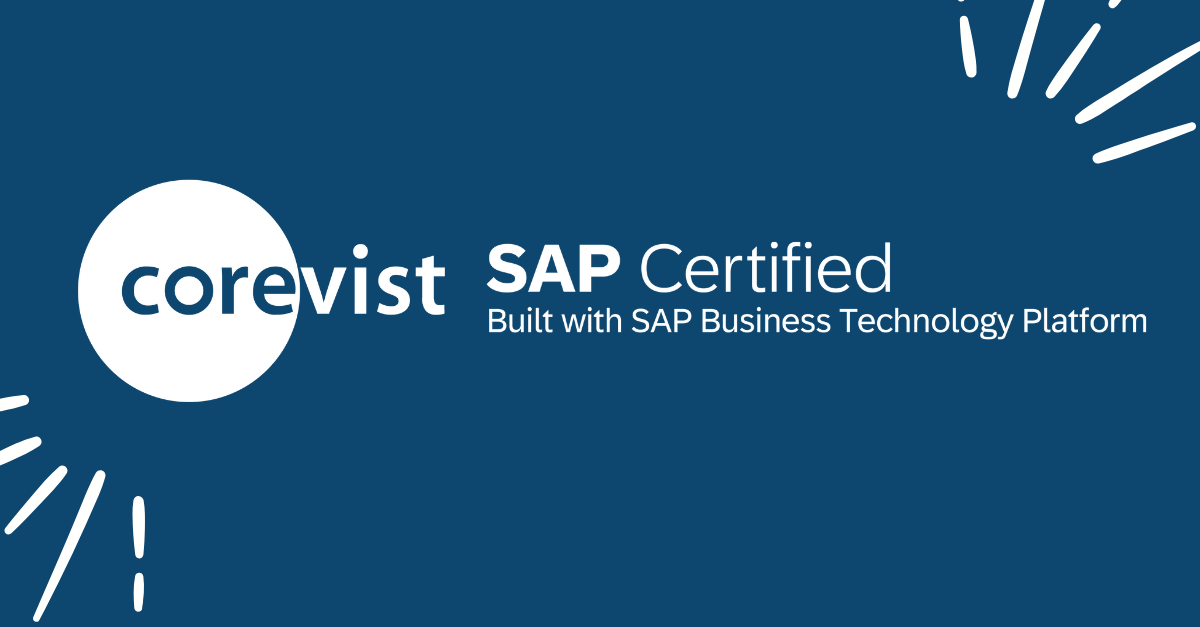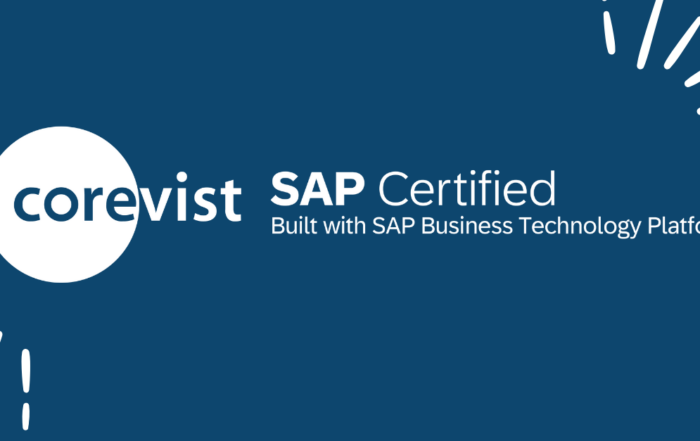Share
Author
Corevist Marketing Team
Share
Everyone knows what it’s like to fear being blamed. When things go wrong, you get asked questions like who, what, why, and how — but especially who. It’s far easier to blame a person than to blame a process (or company culture as a whole).
I’m thankful that Corevist doesn’t operate this way. In a recent product development situation, I had an opportunity to reflect on this difference. It was refreshing to have the freedom I needed to contribute value without fearing blame.
Here’s how Corevist’s “no blame” culture helps us deliver value fast.
The situation: Failing early as we developed our BuyBot extension
We’d been working hard on our new BuyBot extension, a utility which posts PDF orders to SAP automatically (so CSRs can focus on orders that need attention). We’d been piloting BuyBot with a client and just one of their customers. Now it was time to turn on BuyBot for another one of our client’s customers.
Our client’s QA environment is very challenging as it is lacking some of the data needed for testing. The only way to move quickly was to turn on the extension and allow it to process an order in production for our client’s second customer.
Because this customer has their own business rules in SAP, we knew BuyBot might encounter issues as it processed orders automatically.
But here’s the key: We were prepared.
The power of controlled failure
In some scenarios, the best way to debug software is to create a contingency plan, release the software into the wild, and watch it closely. You’re prepared for failure — you might even expect it. But this is still the best way to see how real software behaves in real use cases.
In this situation, something did go wrong in production. When we brought our client’s second customer online with BuyBot, the first PDF order failed to process.
Since these were production orders from real customers, we already had a process in place to spot failed orders and deal with them in real time. We ensured that the failed order made it to our client’s Customer Service team, and we took full inventory of why the order failed.
In fact, this “failure review” was priceless for our product development process as it surfaced crucial issues, which were scoped into future iterations of the BuyBot extension.
But there’s a larger story here, too. Allowing controlled failure also impacts company culture at Corevist.
How blame culture looks and feels
Our process for developing BuyBot was totally different from anything I experienced at other companies. This gave me pause to reflect on Corevist’s approach to client collaboration, and how it differs from the typical culture I’ve experienced elsewhere.
I realized that in my previous companies, we would never put something into production unless we had all the data needed in QA to ensure it was 100% bulletproof. If something went wrong, we knew some team would get blamed. Both our leadership and the client would ask all kinds of questions. Who authorized this? Why did development didn’t cover it in unit testing? Why did QA let it go through the function test?
This kind of finger-pointing creates a culture of blame. Left unchecked, it can create a place where no one wants to work.
How Corevist is different
Blame culture prevents innovation, learning, and collaboration. Yet our clients’ digital journeys require us to engage this kind of freedom and creativity.
That’s why Corevist functions as an agile, evolving organization.
Rather than engaging in “blame culture,” we focus on delivering value fast. We’re all comfortable putting stuff into production early because we have each other’s backs.
Sure, we know it could fail. But we also know this process will give us early warnings on anything we need to address.
How our clients benefit from our lack of “blame culture”
Why do we insist on “failing fast?”
It’s quite simple, really. Fast failure is better for our clients.
When we allow ourselves to fail quickly, we learn quickly and are able to deliver the most important value faster. We find the issues, surface them early on, and deal with them. We’re obsessed with delivering value to our clients, and fast failure is a crucial tool in our toolbox.
Of course, fast failure can lead to unpleasant conversations. We may have to explain to our client why something failed — and what we’re doing about it. But this process is essential because it prioritizes value over perfection. When we allow fast failure to happen in a controlled environment, in tight collaboration with our client, the end result is better than waiting for perfection.
Moving forward: FREE case study
Want to see how “fast failure” empowers real manufacturers to start selling online? Download this case study on LORD Corporation. You’ll learn how this leading manufacturer replatformed onto Corevist Commerce without missing a single milestone.
[want_more title=”Learn more” subtitle=”FREE Case study: LORD Corporation” description=”Learn how LORD launched ecommerce that reflects their SAP system in real time.” button_text=”Download Now” button_link=”https://www.corevist.com/lord/” button_class=”btn btn-primary lord-case-study” title2=”See it for yourself” subtitle2=”Talk to us” description2=”Curious what Corevist Commerce can do for you? Let us show you a personalized demo. You’ll see ecommerce with real-time SAP data.” button_text2=”Schedule Demo” button_link2=”https://www.corevist.com/demo/” button_class2=”demo-popup”]







